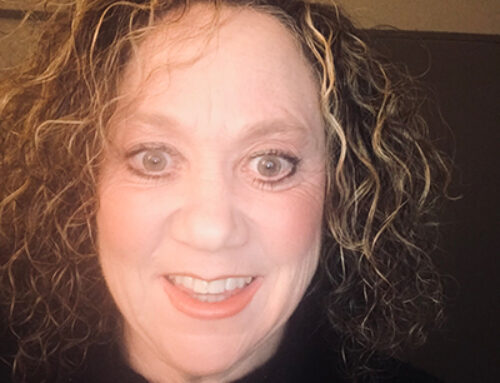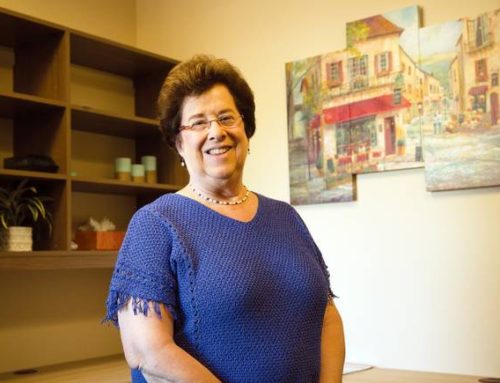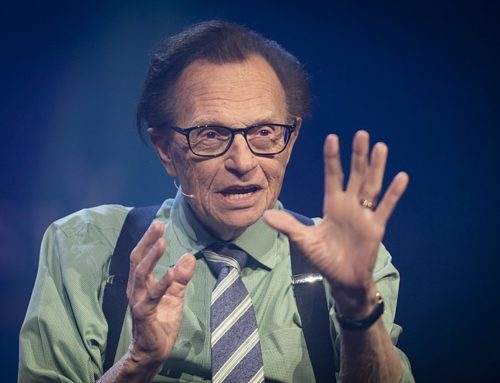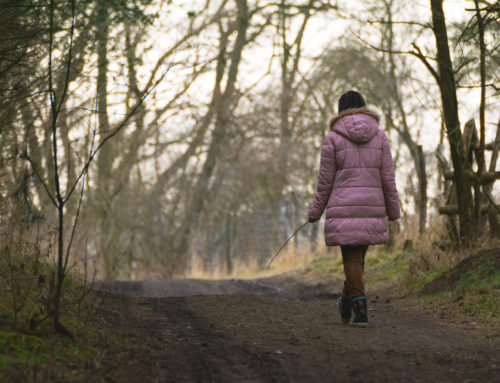According to 2018 data from the U.S. Census Bureau, Nevada has nearly 40,000 Native Americans, with Clark County (Las Vegas) among the fastest growing areas for Native American population in the nation. Recently the Centers for Disease Control released a 2020 study noting that Native Americans and Alaskan Natives are suffering from the COVID-19 at rates disproportionately high to the general population, and the disease is likewise affecting the indigenous populations’ mental health in high numbers.
By Alan Kilpatrick, PhD
While people think of “Indians” in monolithic terms, it’s not possible to generalize when it comes to indigenous people.
For instance, Navajos have nothing in common with Choctaws, nor do Tlingit people have anything in common with Cherokees. Tribes have different languages, different customs, different historical trajectories. Moreover, they have different economic statuses; for example, there are well-off “casino tribes” and then there are the impoverished conditions on the Sioux reservation.
Tribes also have different governmental statuses: Some are federally recognized, others are not. Some have even seen their tribal status abolished.
What Native Americans share in common is a long history of being “wards of the state,” which means they have developed a historical dependency on the U.S. government via the Bureau of Indian Affairs for the various programs providing food, money, education and health. Many of these services have often proved to be inadequate.
This “conquered people” mentally has contributed to both issues of poor physical health (such as obesity and diabetes) as well as mental illness, including depression, suicide rates three times the national average, alcoholism and substance abuse, as well as domestic violence.
A profound sense of ‘soul loss’
At the heart of Native American mental health issues is a profound sense of “soul loss.” It’s been said that all traditional western therapy involves dealing with a “loss” of some kind (loss of love, loss of meaning, loss of work). For Native peoples, you might add loss of land, loss of traditions, loss of kinship networks.
The World Health Organization has defined “health” as “a state of complete physical, mental, and social well-being and not merely the absence of disease or infirmity.” This definition resonates closely with the Navajo concept of “Hozho,” which encapsulates and embraces the notion of individuals being in sync or harmony with themselves, with others and their environment. A lack of such harmony can lead to physical and mental imbalance, a common problem in Native populations.
How can such an imbalance be restored? Traditional indigenous healing practices known as “spirit medicine” that involve rituals, dances and various other traditional ceremonies are often practiced by older generations. While many of these activities have been forgotten or forsaken by the younger generation of Native people, it highlights the philosophy that medicine should be more than injecting vaccines, taking blood samples, or dispensing pills.
Aside from its ritual components, many believe Native American spirit medicine should involve the employment of kindness, consideration, and community service.
Indigenous healers often use plants as medications. But like in western medicine, a lot depends on the expertise of the healer and the willingness of the client.
More traditional Native Americans are more apt to use spirit medicine and rely on botanicals such as extracts of plant roots instead of pharmacy-bought medications. In spirit medicine mental health issues such as depression can be treated by psychotropic plants such as the San Pedro cactus, a hallucinogenic plant from the Andes that is made into tea. It’s been used for centuries.
More than medicine men
Tribal healers are not just medicine men. Some tribes have both men and women. Some healers have specialized roles, such as they work on snake bites, others are more generalized.
Latin America has many spirit healers, called “curanderas.” They are popular. In Peru there is a famous curandera known for invoking the powers of her late father, himself a former well-known healer. While healing patients she asks him to be there and help her with her healing.
Rituals and songs are also used. In contrast, Western mental health medicine is about talk therapy and psychiatric medications. Western therapists frequently believe that depression is caused by some unresolved issue and not from a dark spirit.
Dr. Alan Kilpatrick, PhD, is a specialist in indigenous medicine and a professor emeritus at San Diego State University, department of American Indian Studies, and an adjunct faculty member at the Pacifica Graduate Institute. A member of the Cherokee Nation, he is also known for his work with the National Institutes of Health whereby he led a team that categorized more than 2,000 medicinal plants and herbs from Peru.




